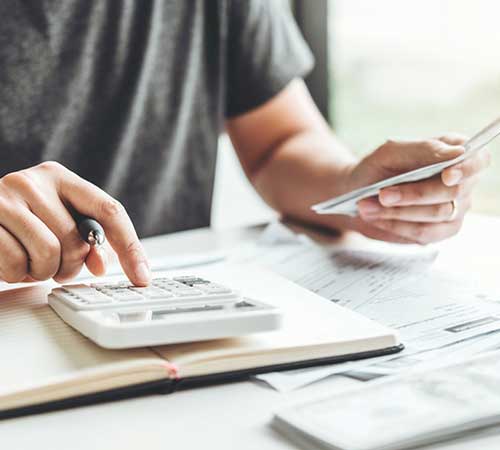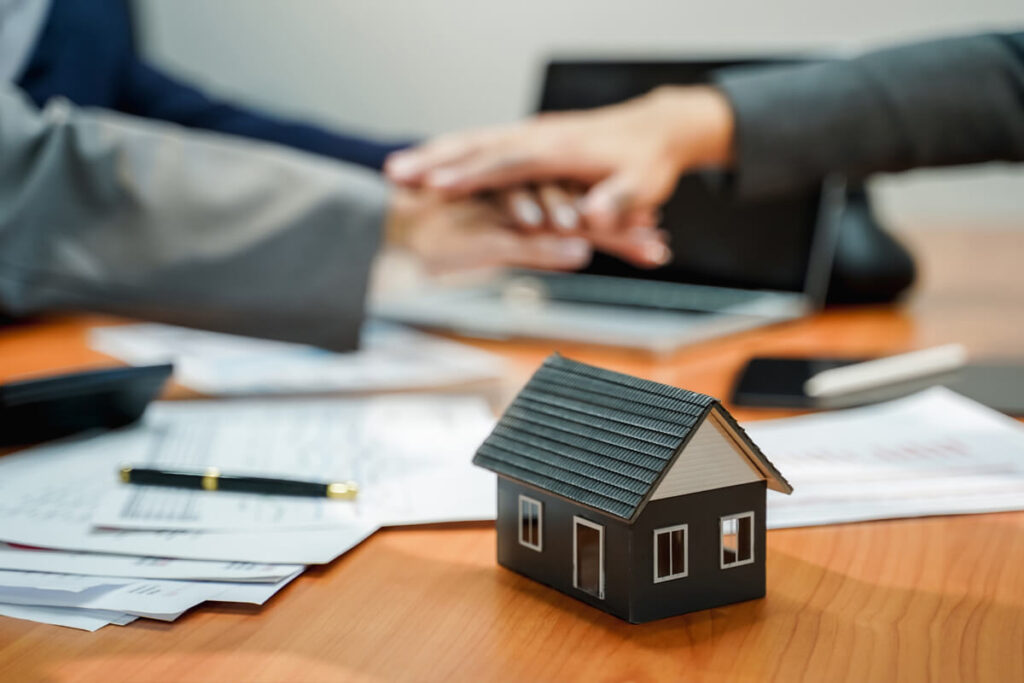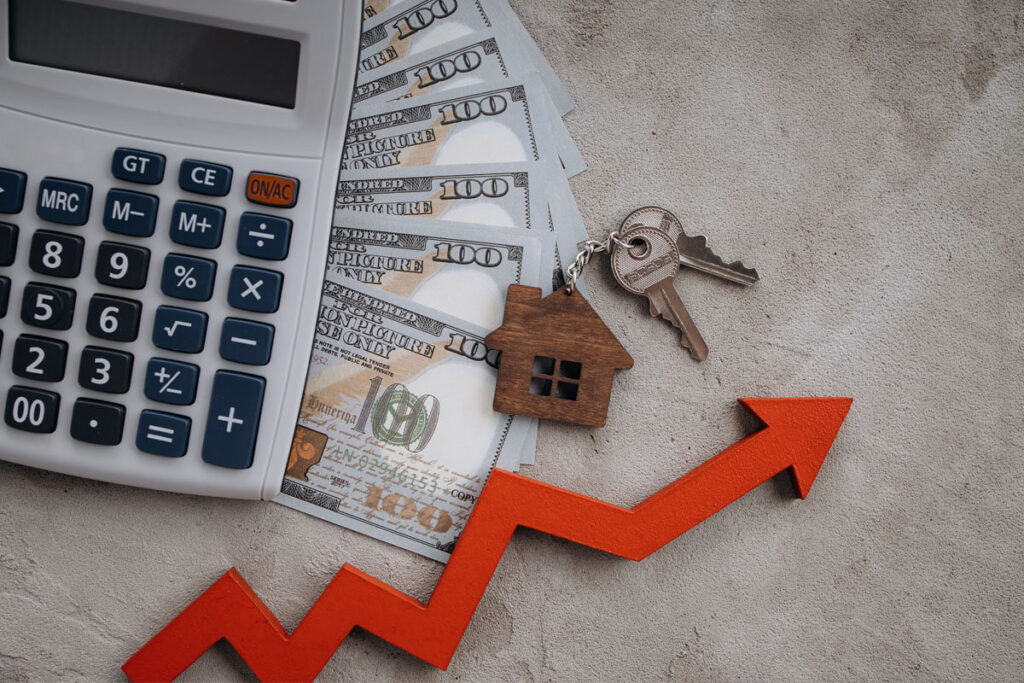Real Estate Investing
Real Estate Strategies

House Hacking
House hacking is one of the most popular real estate investing strategies in Sacramento – it is a fancy term for buying a property, living in the property, and renting out other parts of the property to reduce your living expenses.
House hacking strategies include room rentals (living in one room and renting out the other rooms), multifamily properties (living in 1 unit of a duplex and renting out the other side), houses with ADUs (Accessory Dwelling Units/guest houses), or being creative to split a house into multiple units.
House hacking is a great way to get your foot in the door to become a homeowner and take advantage of all the benefits of homeownership. House hacking can greatly reduce your mortgage payments, allowing you to save money to help you reach financial freedom. If you are interested in learning more about house hacking, I offer free House Hacking 101 virtual workshops every month. To get more information and register, visit this link: https://www.meetup.com/realestateworkshops.
Short Term Rentals
A short-term rental is a furnished room or a house that allows stays for less than 30 days at a time. Think Air Bnb.
Medium Term Rentals
A medium term rental is a furnished room or house that allows stays for at least 30 days at a time and the average length of stay is often 1-6 months. Websites like FurnishedFinder.com and Airbnb are used for medium term rentals.
Fix ’N Flip and Live in Flip
A fix ‘n flip is buying a distressed house, renovating the house to add value, and then selling the house to make a profit. A live-in-flip is very similar but the renovations are often done overtime while the homeowner is living in the property.
BRRRR
BRRRR stands for Buy, Rehab, Rent, Refinance, Repeat. BRRRRing involves buying a property under market value, renovating it to add value, renting it out, then doing a cash out refinance to get the money you put into the property out of it to rinse and repeat to accumulate more properties. Read David Greene’s book on BRRRR.
Out of State Investing
While home prices might not appreciate as much as in California markets, an option is to invest in real estate markets outside of your own.
This is appealing to some people as it is often easier to find cash flowing properties out of state. Read David Greene’s “Long Distance Real Estate Investing” for a roadmap to invest out of state.
Multifamily Syndications
It’s often easier to invest in single family homes and small multifamily properties (1-4 units) when first starting investing in real estate, but raising money and investing in syndications often brings in high returns.
How Real Estate Makes You Money

- Tax benefits
- Loan pay down
- Cash flow
- Appreciation
Cash Flow
Cash flow is the difference between your expenses and income. For example, if your monthly expenses are $3,000 and your income is $3,400, then your cash flow would be $400.
Appreciation
Appreciation refers to a house increasing in value over a period of time. The equity is the difference between how much your house is worth and how much you owe on your mortgage. Due to factors such as inflation and demand for houses, home prices naturally appreciate over time. You can also buy equity when you buy below market value.
You can add equity by rehabbing a property. And you can put the odds in your favor by buying in areas that are more likely to appreciate. Appreciation is perhaps the greatest wealth builder in real estate – You can use the equity in your home (by selling or refinancing or using a HELOC) to buy more properties.
How to Analyze Properties

Calculate Cash Flow
How to calculate your mortgage payment: Use a mortgage calculator (mortgagecalculator.org) and/or ask your lender. (You can use 1.25% of the purchase price for an approximate annual tax payment, and $1400 annually for an approximate home insurance).
Don’t forget to account for PMI (private mortgage insurance) if you’re putting less than 20% down. Your lender can tell you exactly what your PMI will be.



